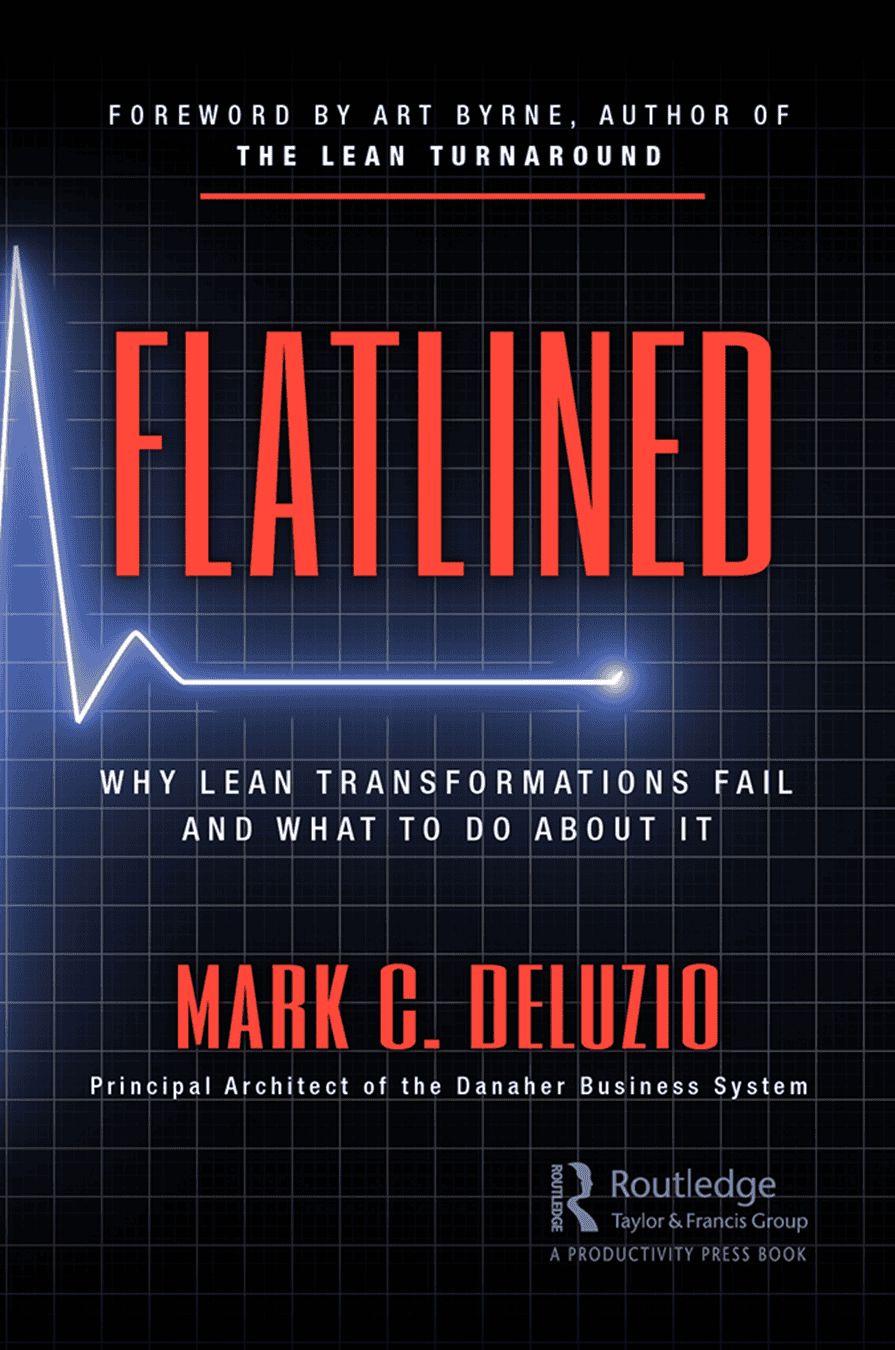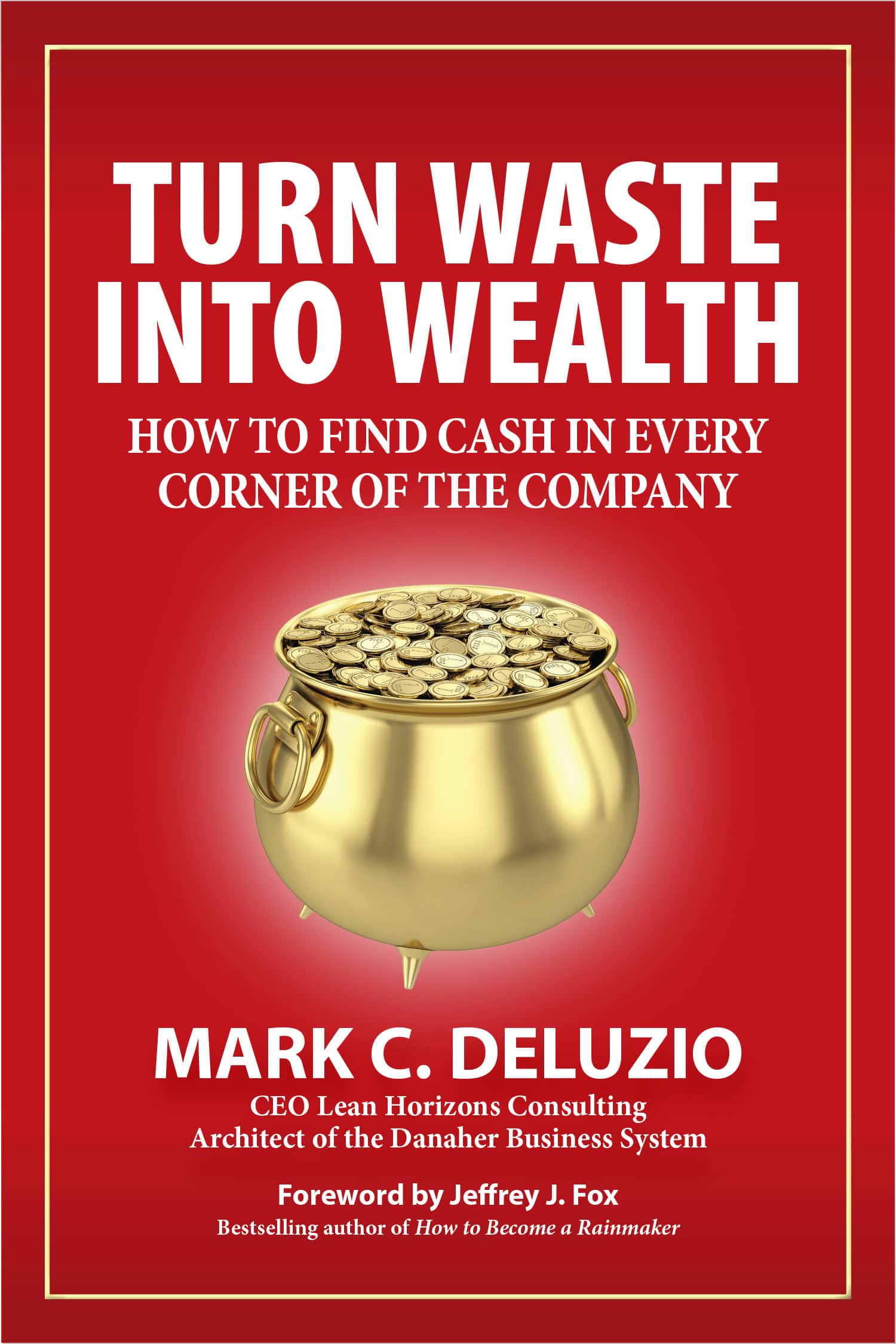Our team often hears, “Lean doesn’t apply to my business.” However, in our experience, Lean applies to any business.
Members of the Lean Horizons team recently had the unique opportunity to work with a mining company located in Australia. Mining operations are certainly different than your typical manufacturer, so here’s a glimpse into how Lean applies to this client.
1. Value Stream Mapping
Value stream mapping is a foundational Lean technique that involves visualizing the entire workflow, from raw material extraction to the delivery of the final product. A simplified view of the mining process the team reviewed consists of drilling, blasting, trucking, crushing, loading railcars, transporting to the port, and loading the cargo vessel. We were able to quickly map the entire value stream and identify bottlenecks, non-value-added steps, and opportunities for kaizen.
2. TAKT Time
TAKT time is another key component of Lean. In this case, TAKT time is the rate at which the mine must produce to meet customer demand. TAKT time is always written in red, as it is the most important calculation in Lean. Mathematically, TAKT time is calculated as: TAKT Time = Available Production Time/Customer Demand. Using the concept of TAKT time, we were able to discern that the value stream was not balanced with customer demand, creating uneven flow, excessive inventory, higher costs, and unsatisfied customers.
3. Just-in-Time (JIT) Inventory
JIT, a key component of Lean manufacturing, emphasizes producing and delivering products only when needed. There are piles of rock everywhere in mines. Applying JIT principles to mining will reduce stockpiles of raw materials and finished products, minimizing excess inventory and costs associated with the added inventory (transporting, storing, sorting, and counting).
4. Kaizen
The concept of continuous improvement, or Kaizen, focuses on making incremental changes to processes to achieve steady improvements over time. This means involving all employees in identifying inefficiencies, suggesting improvements, and implementing changes. Regular Kaizen events can lead to significant enhancements in safety, quality, delivery, and cost.
5. Standard Work
Standard work involves documenting the one best way for each task and ensuring that employees follow these procedures consistently. This leads to improved safety, better quality, reduced variability in output, and enhanced training and onboarding processes. One of the key processes we reviewed was periodic preventative maintenance of the large trucks utilized for transporting the rock to the crusher. This is much like taking your car into the shop to change the oil, rotate the tires, and check fluids. Standardized work, ensuring quality, safety, and delivery of this important process is key as the mine can ill afford to have trucks out of service.
6. Total Productive Maintenance (TPM)
Equipment, including trucks, jumbo drills, conveyors, pumps, and rock crushers is the lifeblood of mining. TPM aims to ensure that equipment is always ready and available for use by reducing unplanned downtime and improving equipment reliability.
7. Problem Solving
Sensei DeLuzio (Founder and CEO of Lean Horizons) and our Japanese Sensei teach us that successful Lean organizations are excellent problem-solvers. Developing a problem-solving process, training employees, and providing them time to solve problems is foundational to a successful operation. It always comes down to solving problems.
Mining is different. Your business is different. Hopefully, this brief article demonstrates that if Lean can be applied to mining, if can be applied to yours.
To learn more about how our team of Lean consultants can support you and your company implement Lean transformation, contact us here today!

